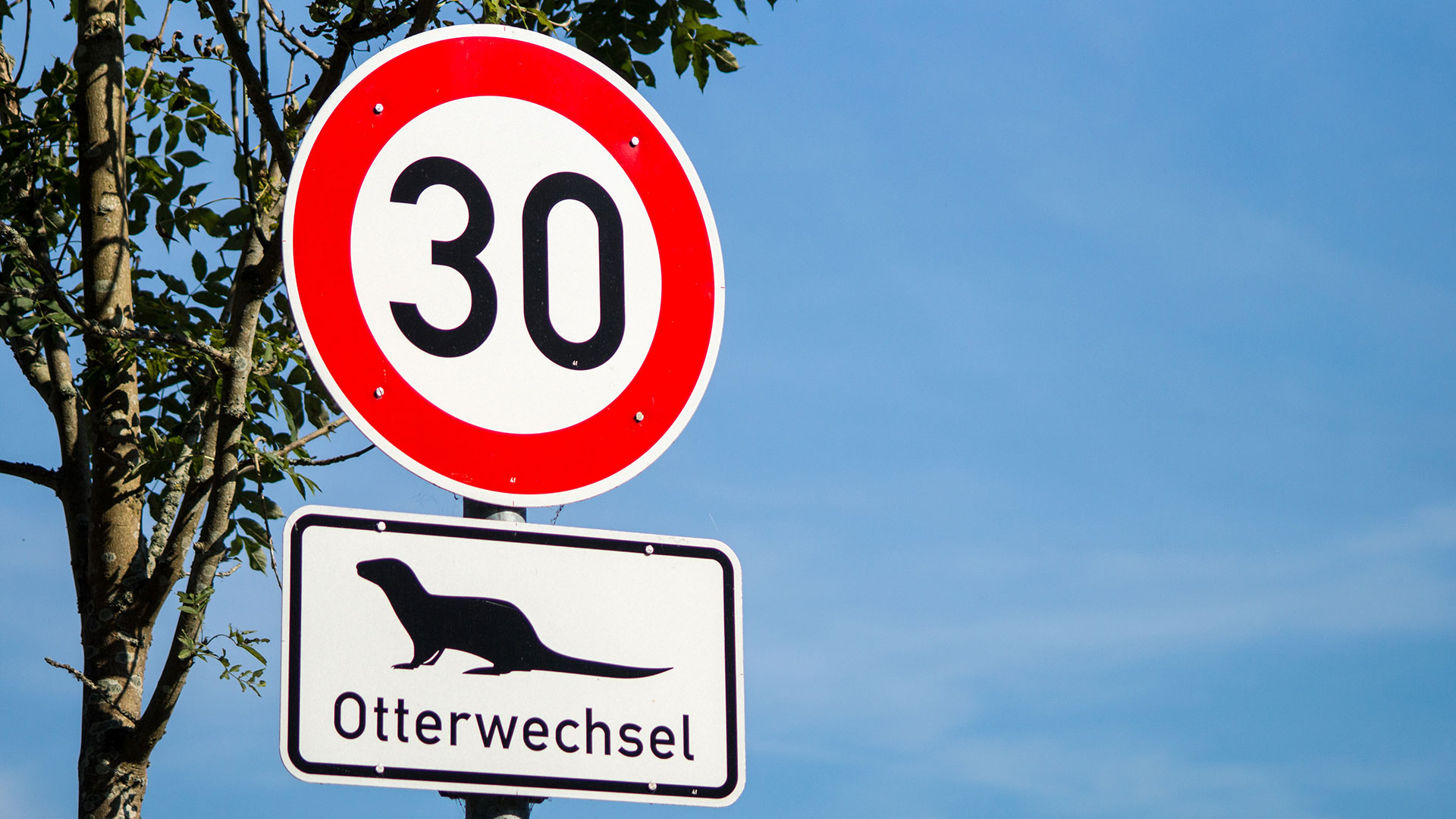

The march towards mandated autonomy may be about to take a big, intrusive step forward. The European Commission wants to require automakers to include some autonomous driving features on new cars in the near future, as part of its quest to reduce automotive-related fatalities.
Over the next five years, the commission wants to mandate such technologies as automatic emergency braking, lane departure warning and lane keeping assist, driver drowsiness detection, and intelligent speed adaption in all new cars, according to Autocar. (The Drive has reached out to the European Commission directly for more information.)
The latter of those may be the most alarming to automotive enthusiasts. intelligent speed adaption, or ISA, is a blanket term for a series of systems designed to prevent drivers from exceeding the speed limit. As defined by the European Commission, ISA can come in open, half-open, and closed forms: the first informs a driver if he is breaking the speed limit; the second increases backpressure on the accelerator pedal once the car goes past the limit, making it harder to maintain super-legal speed; and the third prevents the car from exceeding the speed limit altogether, though the system can be deactivated by the driver if desired. The commission says the technology has been successfully tested in Sweden and the Netherlands, with no negative side effects.
The group is also reportedly seeking to have carmakers add additional passive safety features to new cars, such brake lights that flash during heavy braking (a feature already found on some sports cars, such as Ferraris), tire pressure monitoring, and seat belt reminders, which somehow aren’t already required. (Maybe New Hampshire has a lobbyist in Europe?)
Among other factors that require consideration, the commission reportedly expresses a specific desire to improve safety in the face of the SUV boom, as the larger vehicles’ “ higher centers of gravity, higher masses and aggressive front-end design” present unique problems.
In 2015, there were 26,120 fatalities on European roads, out of a total European Union population of 508 million. Which, let’s face it, seems rather impressive, considering America’s 320 million residents racked up more than 35,000 traffic deaths that same year.